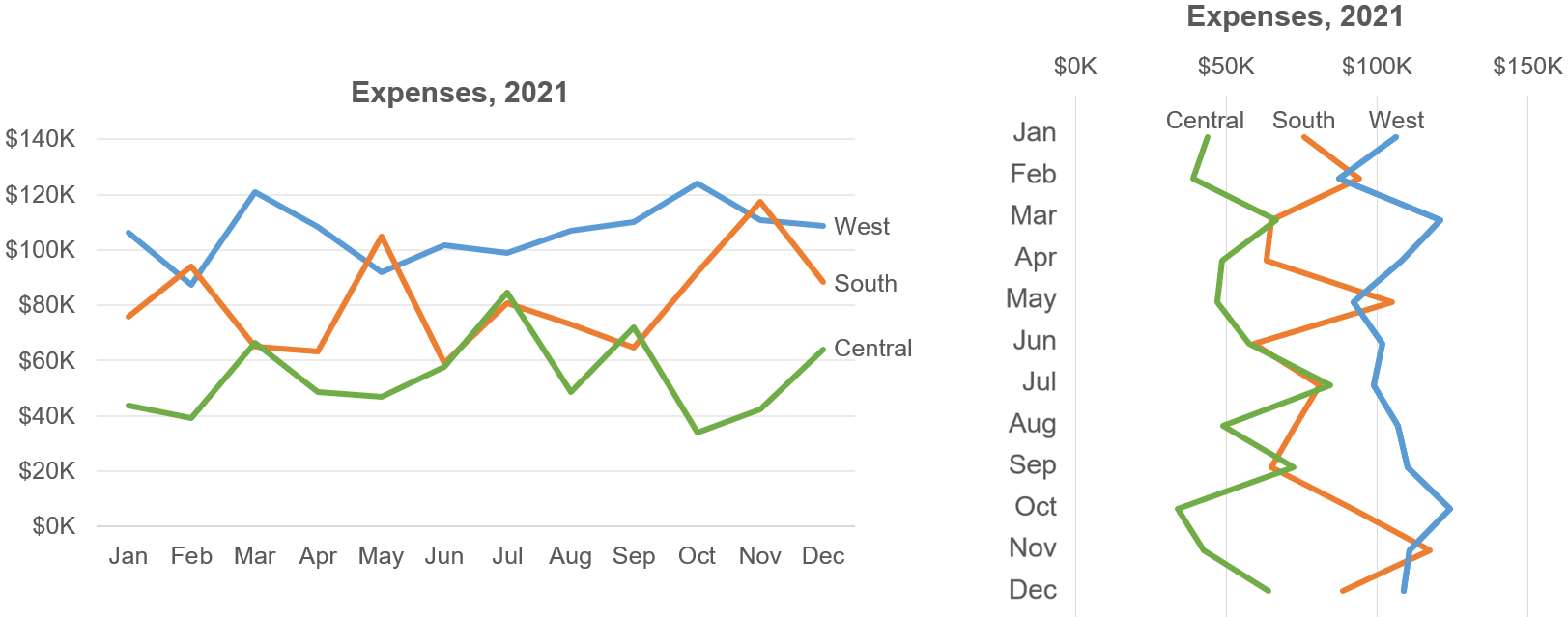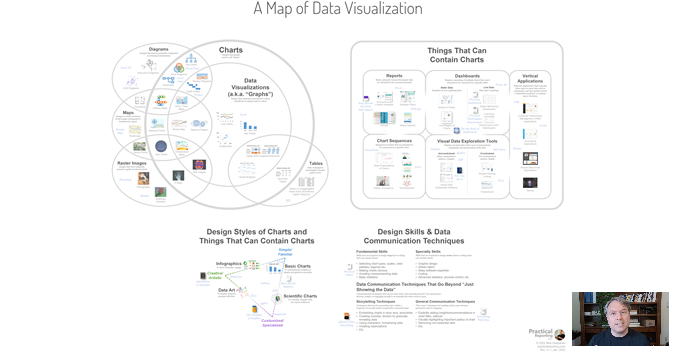At embarrassingly long last, I’m relieved to announce that the Practical Charts book is finished! The book will be released on November 15th, with pre-orders beginning in a week or two.
The goal of the book is as ambitious as the course on which it’s based: to teach chart creators of any experience level to create expert-level charts in just a few days. Given how many common data visualization challenges and mistakes need to be tackled to accomplish that, it was a tall order to keep the book down to 300 pages, but, flipping through the advance copies that I just giddily unwrapped, I think it might actually deliver. You tell me, though, when you read the book (you’re gonna read it, right?). More details about the book can be found on the official Practical Charts book page.
There will be more book-related announcements in the coming weeks, so make sure you’re subscribed to my email list to be notified when…
Pre-orders can be placed so you get the book shipped to you automatically on the release date (you might even get an extra goodie or two from me if you let me know that you pre-ordered it).
Bulk orders for team leaders and educators are available (which will be before November 15th).
Free advance reviewer copies can be requested (we’ll be sending out a limited number of free advance reviewer copies so that there are reviews on Amazon when the book is released).
Sneak peeks of content from the book are released.
Also, make sure you're subscribed to my email list if you’re interested in becoming a “VIP Reader” of the book. WTH is a “VIP Reader”? Well, VIP Readers will receive perks such as preferential consideration when requests for free advance reviewer copies of the book are being considered, and access to private “ask me anything” Zoom group calls just for VIP Readers. In exchange, I’ll be asking VIP Readers to pre-order the book (so that Amazon’s algorithms quickly learn who to show the book to), then post a review on Amazon and chat up the book on their social media channels when the book is released in November. Interested? Awesome! I expect to put out the call for VIP Readers in one to two weeks via my email list.






